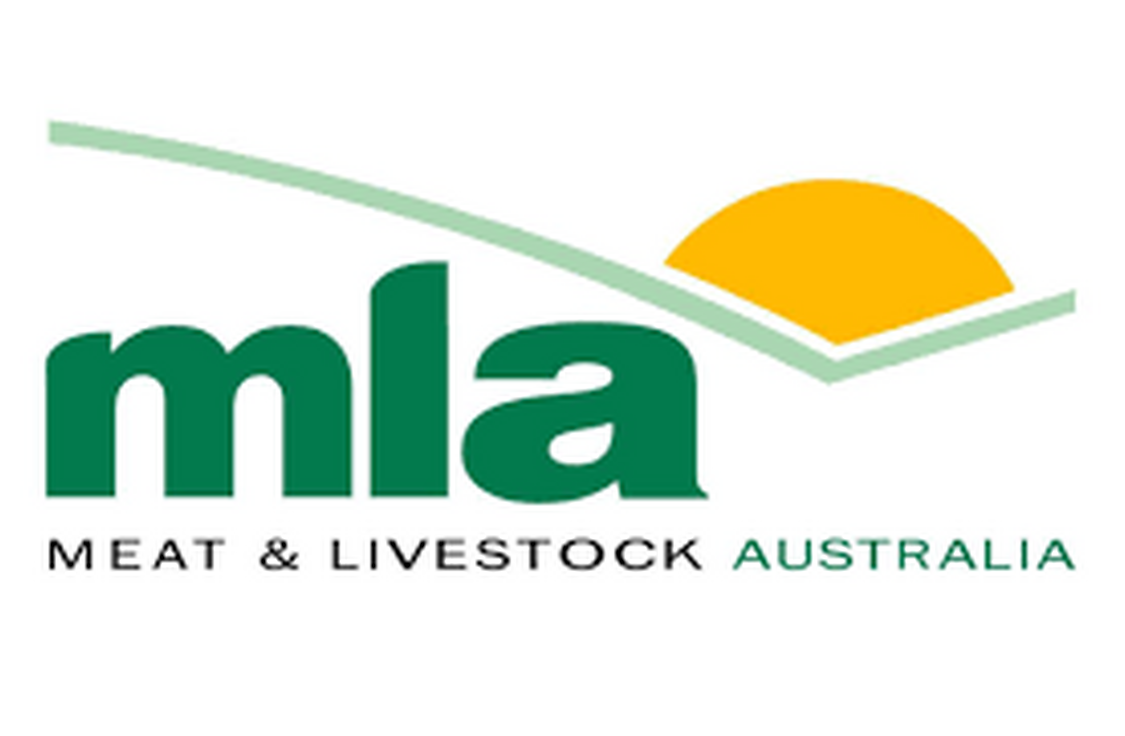Favourable seasonal conditions have supported above average lambing percentages and a larger breeding ewe flock, which continue to drive the national sheep flock’s growth, according to the latest Sheep Industry Projections update from Meat & Livestock Australia (MLA).
A strong start to Western Australia’s season coupled with above average rainfall patterns for most sheep regions of New South Wales and Victoria will see the national flock rise by 7.2% or 5.1m in 2022, to 76m head.
On the back of this growth, lamb production is forecast to reach record levels at 549,000 tonnes in 2022, with higher carcase weights driving the increase.
International demand for Australian sheepmeat continues to rise, with export markets outperforming year-to-date levels. The large 2021 lamb cohort, heavier carcase weights and firm slaughter rates in mutton, are delivering favourable supply to several key markets.
Strong export growth in emerging markets such as Malaysia, Japan and South Korea demonstrate the diverse range of countries Australian lamb and mutton can go, according to Ripley Atkinson, Senior Market Information Analyst at MLA.
“On top of booming markets in Asia, the United States has quickly emerged as Australia’s number one destination for lamb exports,” Mr Atkinson said.
The United States imported 35,053 tonnes of sheepmeat from January to May, which was 3% higher than at the same point in 2021. Nearly 87% of exports to the US were lamb, which was an increase of 13%.
“With sheepmeat production in plentiful volumes and international demand for Australian product remaining robust across key established and emerging markets, the outlook for the Australian sheepmeat industry is bright.
“It is evident in both production and export terms that the national flock has recovered from the rebuilding and COVID-19 events,” Mr Atkinson noted.
National flock growth and slaughter
Due to strong seasons across the country, MLA has revised the sheep flock higher by 2.2% compared to the February release. This will mean that the flock is expected to grow by 7.2% to 76m head this year. For 2023, MLA expects further growth to 78.75m, which is 23% or 14.75m head higher than the 100-year low recorded in 2020.
While for 2022 lamb slaughter, MLA has revised figures higher by 2% or 400,000 on its February projections to reach 22m head. This is due to is strong production fundamentals driving a second large lamb cohort delivering increased supply.
Carcase weights
Average lamb carcase weights are forecast to remain firm on February projections, reaching 24.9kg/head in 2022.
For 2023, MLA has revised carcase weights down 2% or 500g to 24.6kg/head with seasonal conditions expected to ease and return to the long-term average. However, the implementation of improved genetics and on-farm production management will ensure that 2023 carcase weights remain historically high.
“The Australian sheep flock is growing strongly and with carcase weights remaining at historic highs, the country is well positioned to continue supplying high quality protein to both the domestic and international markets.
“Industry confidence has further been buoyed by favourable seasonal conditions, robust export demand and strong market prices, exciting times ahead,” Mr Atkinson said.
